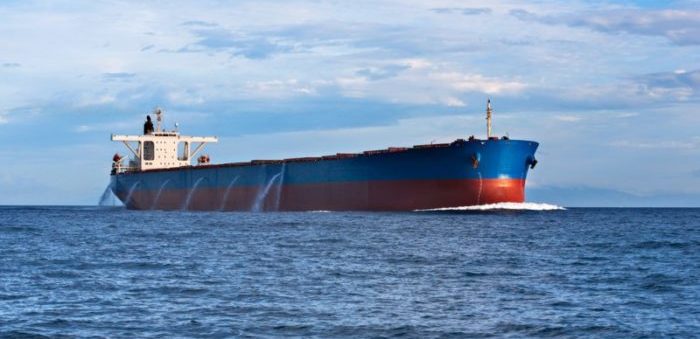The UK MCA issued a Ballast Water Management document answering key queries with respect to ballast received from interested stakeholders. The UK has not yet ratified the BWM Convention but is currently drafting the legislation that will allow accession to the Convention to take place.
Do I need to fit a Ballast Water Treatment System (BWTS)?
- The requirement to meet the D2 ballast water performance standard may be achieved through the installation of an appropriately approved ballast water management system.
- The UK recognises all ballast water management systems that have been type approved in accordance with the relevant IMO guidelines and does not restrict the installation of such equipment on UK flagged vessels. Owners are advised to contact the relevant organisation to ascertain Class requirements for the fitting of BWTS.
When Do I need to fit a BWTS?
- D2 implementation for ships that hold an IOPP Certificate
The Convention implementation schedule for meeting the D2 standard is based upon the renewal date of a vessels IOPP Certificate. Details of the implementation schedule can be found here.
- D2 Implementation for Non-IOPP ships
Ships constructed before the entry into force of the Convention, which do not have an IOPP certificate must be compliant with the D2 standard by a date agreed by the relevant Administration but no later than 8th September 2024. Operators are advised to contact their Customer Service Manager or local Marine Office in order to arrange a D2 implementation schedule.
- If I have a BWTS fitted, do I have to use it?
-Ships can utilise either the D1 or D2 standards as methods of compliance until such time as the vessel is required to meet the D2 standard.
-We would advise that any vessel that BWTS equipment fitted, use the equipment regularly for the familiarity of the crew and the maintenance of the equipment.
What Alternatives to meeting the D1 or D2 Standards are available?
1.Same Location
- The Convention stipulates that the requirement to manage ballast water to either the D1 or D2 standards, will not apply to the discharge of ballast water and sediments when the discharge occurs at the same location from which the whole of the ballast was taken from, provided no mixing of ballast water or sediments from another location takes place.
- As the Convention does not define the term Same Location, the UK will consider applications for the use of the Same Location exception on a case by case basis. Operators should, in the first instance contact their local Marine Office to discuss the application of a Same Location exception.
2. Isolating Ballast Tanks from the Ballast System
- Operators considering undertaking a conversion to isolate ballast tanks, from the piping system, which will only be discharged during dry docking should liaise with the appropriate Recognised Organisation and/or their Customer Service Manager to ensure that any work undertaken is considered acceptable and is included within the Ballast Water Management Plan. This includes a review of stability requirements for the vessel, details verifying that the ballasting systems and pipework are disconnected, a means of ensuring that any modifications are tamperproof and ensuring that safety aspects, such the ability to discharge in emergency situations, are maintained and effective.
- In cases where water may be discharged during dry dock for maintenance reasons, the owner will need to ensure that the water held within the tank is discharged ashore and disposed of appropriately and is not returned to the aquatic environment. This will need to be adequately reflected within the Ballast Water Management Plan and Ballast Water Record Book.
- If a vessel wishes to be excluded from the Convention requirements by using permanent sealed tanks, no discharge is permissible.
3. Other Methods
- UK flagged vessels wishing to use an ‘Other Method’ should in the first instance contact the Maritime and Coastguard Agency as Flag Administration to discuss the method and what may be required to gain approval as an ‘Other Method’ at the IMO. When sufficient and appropriate information is provided the method will be presented to the IMO for approval at the next meeting of the Marine Environment Protection Committee.
4. Potable/Municipal Water
- The use of potable fresh water has not been approved by the IMO. When reviewed by the Marine Environment Protection Committee it was concluded that the chemicals and equipment used to produce fresh water would need to go through the same approval process as a ballast water management system that employs the use of Active Substances (Guideline G9) to ensure that the discharged water does not pose a threat to the environment.
- The Marine Environment Protection Committee further concluded that fresh water from municipal sources varied greatly from region to region and as such could not give a ‘blanket’ approval for the use of municipal waters but invited region specific applications. No such applications have been received to date.
5. Ballast Water Reception Facilities
- Ballast water may be discharged to a ballast water reception facility as an alternative to meeting either D1 or D2. Ballast water reception facilities should take into consideration the guidance provided in Guideline G5: Guidelines for ballast water reception facilities.
- There is no requirement for States or ports to provide such facilities.
- Ships are advised to contact local ports/harbours to ask if such facilities are available.
Explore more herebelow:





























































